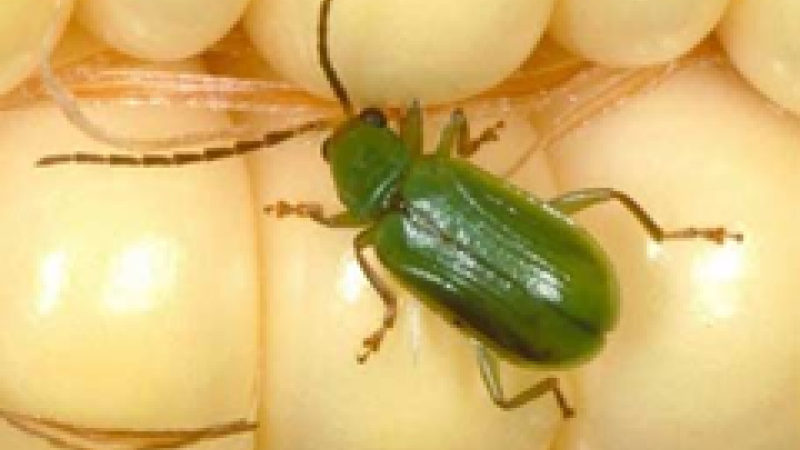Excess moisture brings up a difficult question: Will I need to replant ponded areas?
Most customers in the Hoegemeyer footprint received some much-needed rain over the last several days. Many areas of Nebraska received a nice, gentle rain, totaling between 1 and 4 inches, but a good portion of central Nebraska received totals in excess of 6 inches. Producers have been calling, asking, “How long will my newly emerging crop survive being ponded or flooded?” Here are some guidelines taken from the University of Nebraska-Lincoln Extension.
Corn
Small seedlings will be more susceptible to flooding and ponding than larger plants. The smaller the plant stature, the better chance of it being covered with silt, getting mud in the whorl (which can lead to both fungal and bacterial pathogens causing stand loss), or just not having the ability to respire. Germinating seeds are living organisms and require oxygen to survive. Oxygen levels in fully submerged soils will be down to zero after 48 hours. Cooler air temperatures could help, as we are experiencing now, but it is unlikely that any seed, emerged or not, will be able to survive more than four days under water. Larger seedlings could survive up to four days in saturated conditions if air temperature is below 80 degrees Fahrenheit (See Table 1). If temperatures get into the 90s, corn seedlings may only survive for 24 hours.
Table 1: Survival of flooded young corn plants.
Adapted from CropWatch, May 20, 2005
| Stage | condition | potential for survival and problems |
|---|---|---|
| Before emergence | Germinating | Genetic differences among inbreds (and we assume hybrids) exist for responses to flooding. Seeds will survive for four days. Longer flooding result sin lower yields especially at lower nitrogen levels. Crusted soils from heavy rains can reduce emergence. |
| Corn prior to 6th leaf stage | Underwater (6 inches of water on surface); air temperature less than 77 degrees F | Will survive for four days. Longer flooding results in lower yields especially at lower nitrogen levels. Some plants will be buried by sediment and residue and may not survive. |
| Corn prior to 6th leaf stage | Underwater (6 inches of water on surface); air temperature greater than 77 degrees F | May not survive more than 24 hours. |
| Corn prior to 6th leaf stage | Saturated, cold soils, flooding | Seed rots, seeding blights, various other pathogens, crazy top. |
Soybeans
Soybeans will share a similar fate to corn. Soybeans that have been submerged for two days will likely experience stand losses of 20 to 40%, depending on conditions after the flooding or if ponding subsides. Soybeans that are submerged for more than two days will likely need to be replanted.
If you feel you may need to replant, or have unexpected stand loss, don't hesitate to reach out to your local Hoegemeyer representative so we can help evaluate options. Hoegemeyer also offers free replant to Hoegemeyer corn customers who are part of the loyalty club, and free replant for any customer using Hoegemeyer brand LumiGEN soybean seed treatment. Evaluating and resolving these issues as early as possible will get you on track to having the best opportunity for a successful crop.

